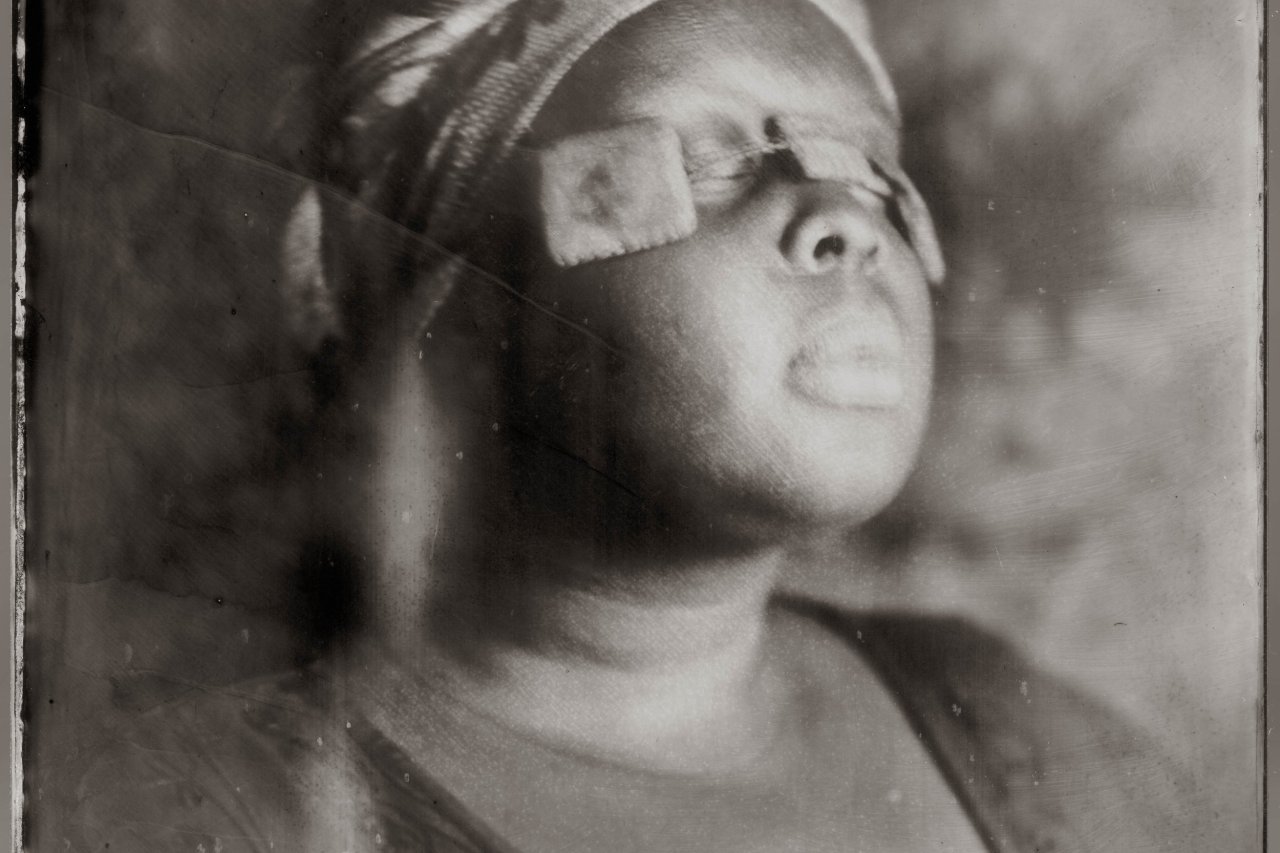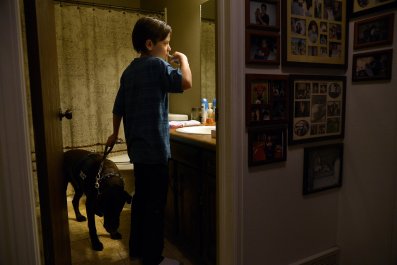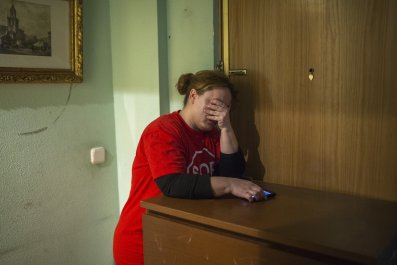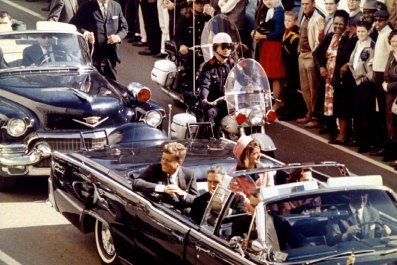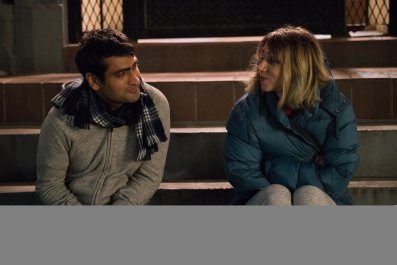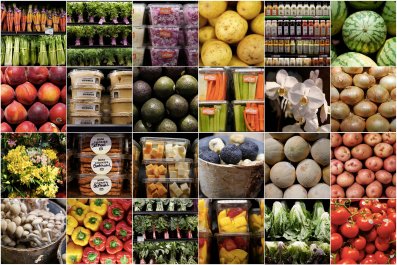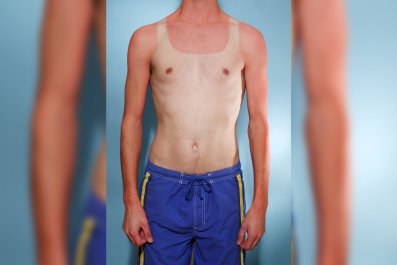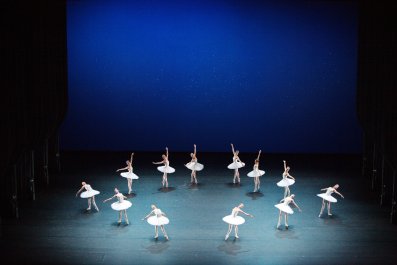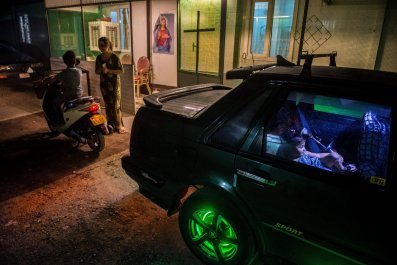It would have been only a matter of time. Death had no need to push her into the limelight. She was on her way there—attracting the interest of gallerists and curators; celebrated, at 24, as one of the youngest artists at the 2017 Venice Biennale. But Khadija Saye lived with her mother on the 20th floor of Grenfell Tower, a lower-income housing project in London's North Kensington neighborhood—and neither escaped the blaze that raged there in the early hours of June 14, claiming (at the time of this writing) at least 79 lives.
In the days since the disaster, this photograph and others from the same sequence have circulated the world. Evidence of Saye's talent. Evidence of her life.
For three years, she worked in the studio of artist Nicola Green, who shared her assistant's troubles when, last year, Saye suffered the ordeal of wrongful arrest. "Throughout this time," says Green, "she focused on channeling the emotion from this experience into her artwork. I think the inherent strength that is seen in this series mirrors that of Khadija herself."
The wet plate collodion process is 19th-century technology. The iconography is drawn from Saye's Gambian heritage and, more directly, from her own collection of objects acquired from Gambian faith healers. Creating the work, she said, generated new rituals. "Within this process," she wrote, "you surrender yourself to the unknown."
Saye's work has its own tale to tell, one sufficiently rich and beautiful to escape the historical moment. But for now, she has been assigned a role in the story of Grenfell Tower—a story about the way we live now.
We don't yet know the ending. But the widespread sharing of Saye's image puts me in mind of An Inspector Calls, the 1945 play by English dramatist J.B. Priestley, in which a mysterious detective turns up in the drawing room of wealthy British household, bearing the photograph of a young woman who has died in tragic and preventable circumstances. "We are responsible for each other," says Inspector Goole, with clear, cold moral authority. "And I tell you that the time will soon come when, if men will not learn that lesson, then they will be taught in fire and blood and anguish."


